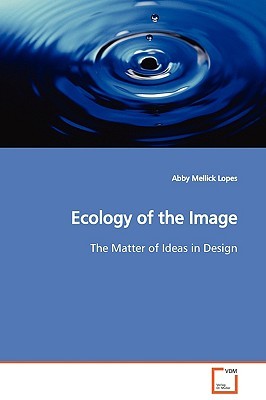
- We will send in 10–14 business days.
- Author: Abby Mellick Lopes
- Publisher: VDM Verlag
- ISBN-10: 3639128060
- ISBN-13: 9783639128062
- Format: 15.2 x 22.9 x 1.8 cm, softcover
- Language: English
- SAVE -10% with code: EXTRA
Reviews
Description
We know very little about the ecology of our designed world. Contrary to all appearances, design is not about making objects. Rather, it is about structuring the conditions for life. Design is our second nature, naturalising changes in our ways of living. Yet it also conceals dangers and diminishes our sensitivity to respond to them. Ecology of the Image is a critical exploration of idealism in design. Drawing on hermeneutic phenomenology, the philosophy of technology, socio-cultural and design theory, it argues that design is not a value-free practice but structures epistemological attitudes into the world. Ideas are material elements of our environments. This thesis offers an explanation of how idealism circulates within our worlds, fashioning our minds, bodies, environments and products. It argues that current ecological imperatives demand an ecological understanding of our designed worlds that can explicitly inform future design research and practice.
EXTRA 10 % discount with code: EXTRA
The promotion ends in 17d.15:23:07
The discount code is valid when purchasing from 10 €. Discounts do not stack.
- Author: Abby Mellick Lopes
- Publisher: VDM Verlag
- ISBN-10: 3639128060
- ISBN-13: 9783639128062
- Format: 15.2 x 22.9 x 1.8 cm, softcover
- Language: English English
We know very little about the ecology of our designed world. Contrary to all appearances, design is not about making objects. Rather, it is about structuring the conditions for life. Design is our second nature, naturalising changes in our ways of living. Yet it also conceals dangers and diminishes our sensitivity to respond to them. Ecology of the Image is a critical exploration of idealism in design. Drawing on hermeneutic phenomenology, the philosophy of technology, socio-cultural and design theory, it argues that design is not a value-free practice but structures epistemological attitudes into the world. Ideas are material elements of our environments. This thesis offers an explanation of how idealism circulates within our worlds, fashioning our minds, bodies, environments and products. It argues that current ecological imperatives demand an ecological understanding of our designed worlds that can explicitly inform future design research and practice.


Reviews